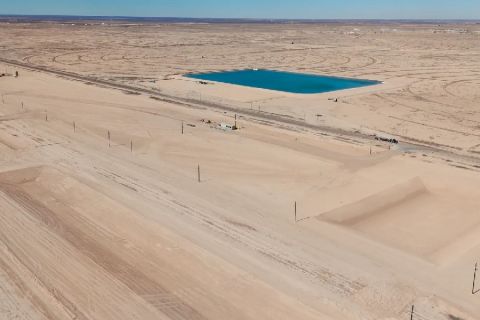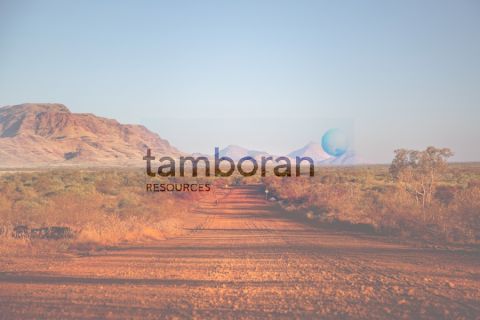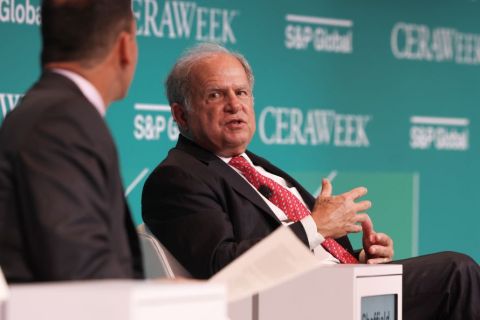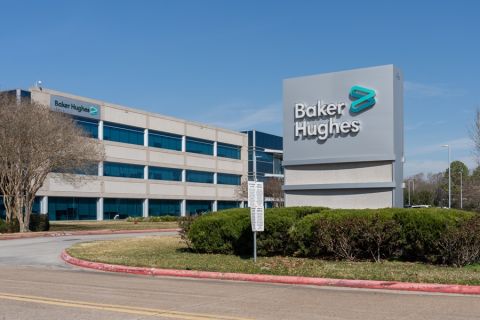Darren Barbee, senior managing editor, Hart Energy: Hi, my name is Darren Barbee. I'm senior managing editor at Hart Energy and I'm joined by Kristel Franklin. She’s the COO, Chief Operating Officer, at PureWest Energy. Thanks for being here at SUPER DUG.
Kristel Franklin, COO, PureWest Energy: Yeah, thank you for having me.
DB: Great. Well, I think the first thing I wanted to get into with you was the, you've had a lot of public companies that have talked about curtailments—EQT, Chesapeake—because of the kind of dismal natural gas market, and so I'm curious how a private company like yours, PureWest Energy, is dealing with those issues. So maybe you can explain that.
KF: Yeah, yeah. It's something that we, as a private company in particular, we're cognizant of the price environment we're in every day, and then the cost environment that kind of couples with that for our production. And so when we look we're high-price environment, for example, we're looking at every lever that we can possibly pull to bring more volume into that market. When the price response is where it is today, I think we're sitting—I looked at spot prices this morning—northwest [Rockies] is trading less than a $1.50/MMBtu, and we have cut back on things like workover activities that are a little bit more discretionary in nature, swabbing wells online versus letting them build up over time. And we think that's just the smart thing to do when there's either a demand pull to provide more volumes into that market or a demand push saying storage is full and there's just really not a call on our Mcf’s right now. We’ll do the right things to maximize cashflow for the company.
In addition to that, we've looked at, we're in a pretty isolated basin when it comes to activity. We're the only rig within many miles of our operation, and so when it comes to attracting services into our operation, that can become a challenge. And so one of the things we've realized is, if we, and this is sort of price agnostic, but if we lump our completions together instead of coming out and completing a four-well pad at a time, if we build up, in this case this year, we're building up 24 wells and completing all of those starting in mid-August and through the fall, we're going to end up with more supply and potentially in a better price environment market in this winter.
DB: So the companies that reported in the first quarter, whether it was EQT or Southwestern or Chesapeake, a lot of these different companies, they're all talking about 2025 and beyond for a rebound in natural gas. Some of that is pegged to LNG, export terminals that are coming online. Some of that is also obviously the AI computing data centers, particularly in the Appalachia area. But I'm curious if you are looking at those areas in terms of potential uplift or possibly other areas such as retirement of certain power generation.
KF: Absolutely. I think the things that are impacting the macro natural gas market in the Lower 48 impact us as well. We still trade at a basis differential to Henry Hub, so the things that are happening that impact Henry Hub pricing have an impact on us as well and where we're situated in southwestern Wyoming. And so I think those, I don't need to be the one to talk about the tailwinds on LNG buildout. I think those things are in the works. I'm sure there's some timing risks, whether they're in the current political environment or what have you, but I think those things are going to come and they're going to have an impact on the price at Henry Hub. In addition to that, where we're situated, we're essentially selling gas to the [Pacific] Northwest and the West Coast. Our production's kind of situated inside that market if you will, the West Coast market. And we're looking at things that are going to potentially impact gas demand to the positive, like coal plant retirements in that region, additional gas plants that are getting funded in that region, as well as there is the Diablo Canyon nuclear retirement in California. Some of these things are announced, but then sort of the timeline gets delayed on when that can actually happen. And I think the reason it's not happening is essentially that nuclear plant is needed to be able to balance the grid and keep the lights on.
DB: And filling in that void is natural gas-generated power?
KF: Looking at the trends over the last 10 years in particular, as coal retirements have occurred, renewables really have been able to fill that void in the West Coast in particular. And so that has certainly occurred, but throughout that same time period over the last 20 years in the West Coast market, natural gas has continued to kind of move up and to the right along with renewables in that environment.
DB: Just curious, why do you think that the renewables have had a bigger impact on the West Coast than the East Coast where that really hasn't been, I think, as much of a factor?
KF: I think it's sentiment driven to a large extent. There's certainly a big push within California, PAC Northwest, et cetera, to invest in renewables and see them take hold. I think that the coal plant retirements and the renewables being able to fill that void, that's been the case up to this point. When we look forward and think about data center demand and AI power demand needs, that's kind of across the country, but West Coast in particular, it'll be interesting to see how much more renewables can do in the short-term period. And I think I have a strong belief that natural gas is going to continue to have a huge role in the energy consumption mix in the West Coast.
DB: Actually, just yesterday we had a really interesting panel with some midstream operators that we're talking about capacity constraints, public financing, the sentiment that you mentioned, in this case, a negative for midstream. Can you tell me a little bit about the challenges that PureWest faces in terms of takeaway constraints to the markets that you serve?
KF: You bet. So where we're situated, the Pinedale Anticline in southwestern Wyoming and it’s part of the Greater Green River Basin. At its peak, our field produced somewhere around 2 Bcf/d. We currently sit at around 600 [MMcf/d]. So a fraction of the demonstrated peak volumes at one point came out of this field. And so the infrastructure was built for that 2 Bcf/d environment, and we're comfortably producing underneath our infrastructure limits within the basin. I think where the infrastructure part of the story comes into the play for us is that it sort of east of where our field is situated, whether you're thinking about Permian gas trying to flow from East to West into the West Coast or Piceance San Juan gas trying to flow to the West, there are limits on how much those import corridors can handle. We happen to be situated kind of on the good side of that constraint and don't see any sort of takeaway restrictions on our ability to produce at the levels we are today.
DB: Is the Permian associated gas, though, a concern for you, given that Permian operators facing negative gas prices routinely? Absolutely. I'm curious, maybe by any means necessary they might look to explore. Is that a concern for you, or do you think there's just no way to get a pipeline built in this environment?
KF: Yeah, I think it would be very difficult to get a pipeline across the desert west, and maybe that is even less difficult than getting more pipelines built within the state of California. And that's really the full interconnectivity is what you would need in order for more say, Permian gas, to make its way to ultimately those end users. And so I think that that constraint is absolutely part of what is weighing down Waha today. I think, good news for the Permian, they have other places they can take gas that are perhaps more friendly to getting more infrastructure built. But yeah, thinking about getting more Permian gas to California is a challenge.
DB: So you're a little bit isolated, kind of a little fortress in Wyoming, I guess.
KF: Yeah, that's a good way to put it. When we sort of draw where we see those constraints on a map, we're nicely situated.
DB: Great. Well, thank you so much for being here and for speaking with me. And for additional information about PureWest and in natural gas markets, please visit hartenergy.com. Thanks very much.
Recommended Reading
Permian Surface-owner LandBridge to Raise up to $367MM in IPO
2024-06-17 - Houston-based LandBridge holds some 220,000 surface acres in the Delaware Basin.
Permian’s LandBridge Prices IPO Below Range at $17/Share, Raising $247MM
2024-06-30 - Houston-based LandBridge, which manages some 220,000 surface acres in the Permian Basin, kicked off trading at $19 per share, more than 10% above its listing price.
U.S. Shale-catters to IPO Australian Shale Explorer on NYSE
2024-05-04 - Tamboran Resources Corp. is majority owned by Permian wildcatter Bryan Sheffield and chaired by Haynesville and Eagle Ford discovery co-leader Dick Stoneburner.
Scott Sheffield Among Investors in Australian Shale Gas IPO
2024-06-27 - The operator who sold Pioneer Natural Resources Co. to Exxon Mobil in May for $59.5 billion joins his son Bryan Sheffield in shale gas investment Down Under.
Baker Hughes Awarded Saudi Pipeline Technology Contract
2024-04-23 - Baker Hughes will supply centrifugal compressors for Saudi Arabia’s new pipeline system, which aims to increase gas distribution across the kingdom and reduce carbon emissions






